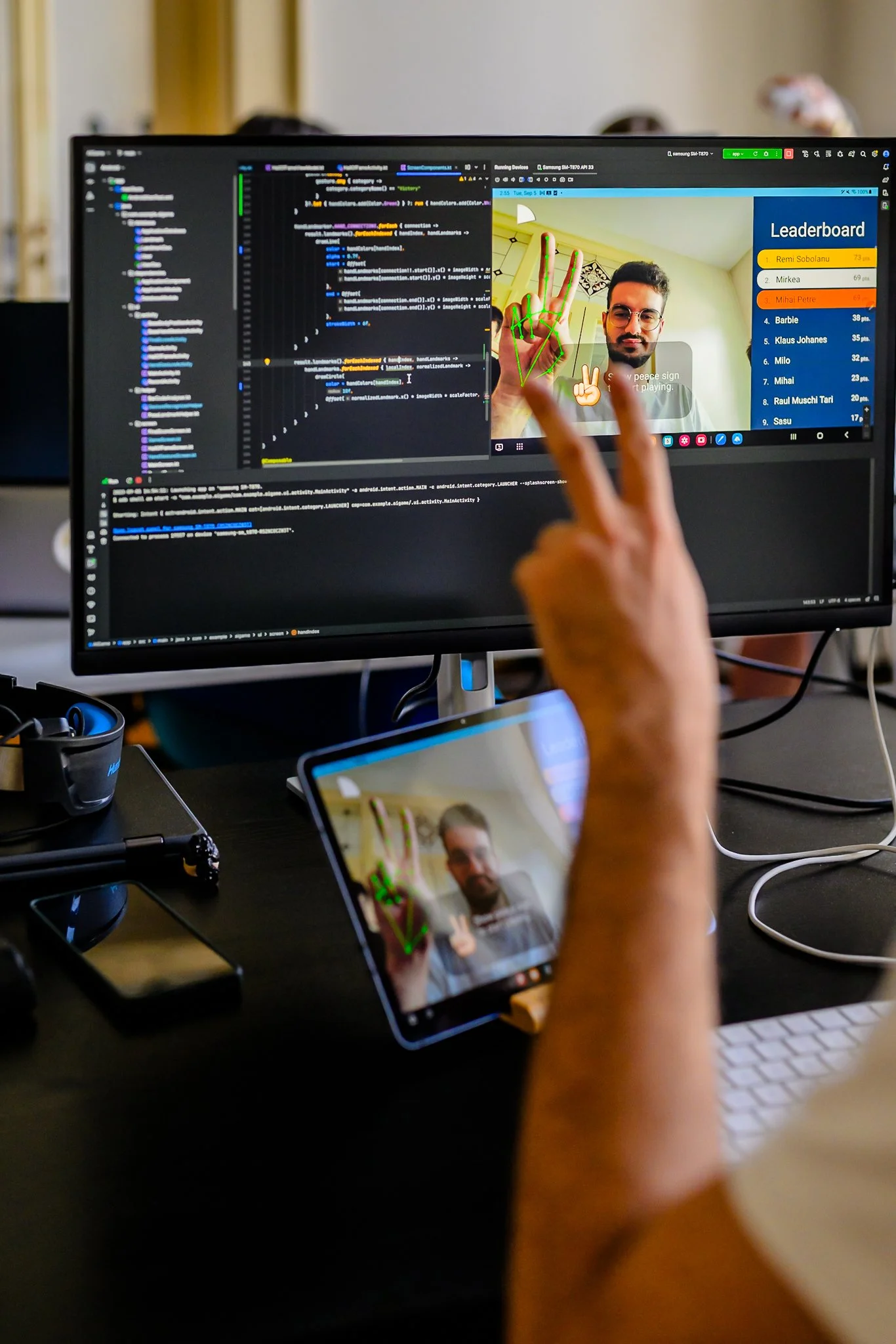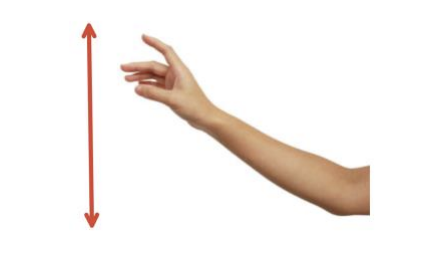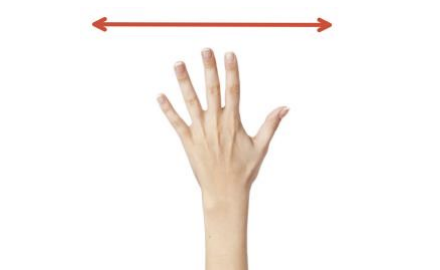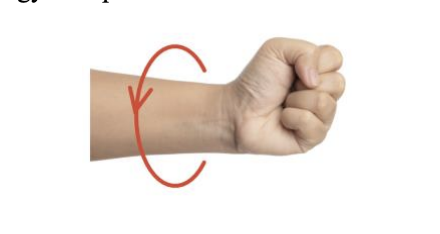What Is WearOS Gesture Recognition & How Accurate Can It Be?
TL;DR: Mihai, one of our developers, was part of a team that built a lightweight neural network. This network enables real-time hand gesture recognition on WearOS smartwatches. With 80–100% accuracy depending on use case, it allows gesture-based control of mobile apps and shows promise for accessibility and healthcare innovation.
What if your smartwatch could recognize a flick of your wrist as a command?
That future is already here. A team from the Technical University of Cluj-Napoca, together with Mihai, one of X2 Mobile’s developers, has demonstrated that even resource-constrained WearOS smartwatches can perform real-time gesture recognition using custom-trained neural networks.
This innovation enables hands-free control of apps, enhances accessibility, and lays the groundwork for gesture-based interfaces in healthcare, edtech, IoT and beyond.
How Smartwatch Gesture Control Improves Accessibility, Healthcare, and IoT
Gesture recognition bridges the gap between human intention and digital interaction. From controlling music playback with wrist motions to interpreting sign language, the applications are both practical and transformative.
Key domains include:
Accessibility: Hands-free control for users with motor impairments
Healthcare: Monitoring tremors in Parkinson’s disease
Industrial IoT: Enabling contactless machine control in high-risk environments
Why AI on WearOS Smartwatches Is Technically Challenging
Unlike smartphones or laptops, smartwatches face strict memory, processing, and power limitations. Yet this project achieved impressive results using:
Custom dataset collection with gyroscope and accelerometer data
A lightweight feedforward neural network (multilayer perceptron)
Real-time communication over Bluetooth with a paired smartphone
As part of this setup, the model recognizes three distinct gestures that serve as the foundation for interaction:
Up-Down (vertical hand movement)
Left-Right (lateral sweep)
Wrist Rotation
These were selected for their clarity in sensor data and ease of performance.
Figures 2-4. Adapted from Fleșer & Ștefănuț (2023), RoCHI Conference Proceedings, p. 49.
How Does Gesture Recognition Work on a WearOS Smartwatch?
1. Data Collection Process
Users select a gesture on the watch. Motion detection is triggered by exceeding a movement threshold, ensuring intentional gestures only. Each gesture spans 1 second and contains 100 frames of 6D sensor data (X/Y/Z accelerometer + gyroscope).
2. Data Storage
Two local databases store the information:
Measurement Table: Frame-by-frame sensor data
Batch Table: Gesture metadata and type
3. Model Training and Conversion
A Keras-based neural network with two dense layers (20 and 5 neurons) was trained on 600 gestures. The model was converted to TensorFlow Lite (TFLite) for on-device deployment.
How Accurate Is WearOS Gesture Detection in Real-World Use?
Music Player Control Demo
The system sends AI-recognized gesture outputs from the watch to the smartphone in under 500ms, enabling seamless media control.
Recognition Accuracy
Tests showed the following gesture recognition accuracy rates across three scenarios:
To avoid false positives, a probability threshold of 80% was established for gesture classification.
| Read more in the official WearOS developer documentation.
What Tech Stack Powers Gesture Recognition on WearOS?
Platforms: Android and WearOS
Language: Kotlin
UI Framework: Jetpack Compose
Architecture: MVVM (Model-View-ViewModel)
Bluetooth Messaging: Message Client API with capability discovery
The modular codebase allows rapid integration of new gestures, future datasets, and additional smartwatch sensors.
What’s the Future of Gesture Recognition in Wearable Devices?
The next phase, which we will cover as well, will involve:
Crowdsourced data collection from diverse users
Expanded gesture vocabularies
Cross-platform compatibility (e.g., Apple Watch, Fitbit)
With improved datasets and model refinement, real-time AI on wearables could soon rival smartphone performance, without draining your battery.
Why Gesture Recognition Is a Game-Changer for Wearable Tech
This research proves that meaningful AI innovation doesn't require high-end hardware.
With the right optimizations, affordable WearOS devices can deliver cutting-edge user experiences, right from the wrist.
Whether you're a product leader, developer, or researcher, this work serves as a blueprint for bringing AI to the edge, one gesture at a time.
———
References:
Fleșer, M., & Ștefănuț, T. (2023). Hand gestures recognition using a WearOS smart watch and deep learning. In Proceedings of RoCHI 2023 (pp. 47–54). https://doi.org/10.37789/rochi.2023.1.1.8
Interested in integrating AI or gesture recognition into your product?





